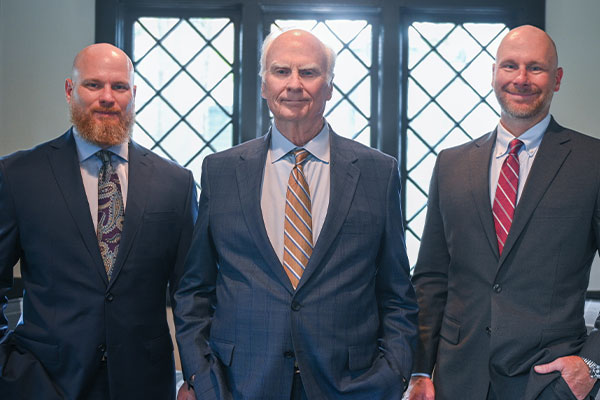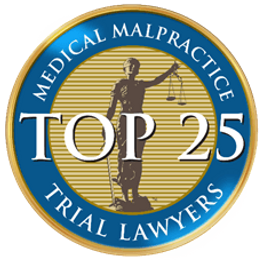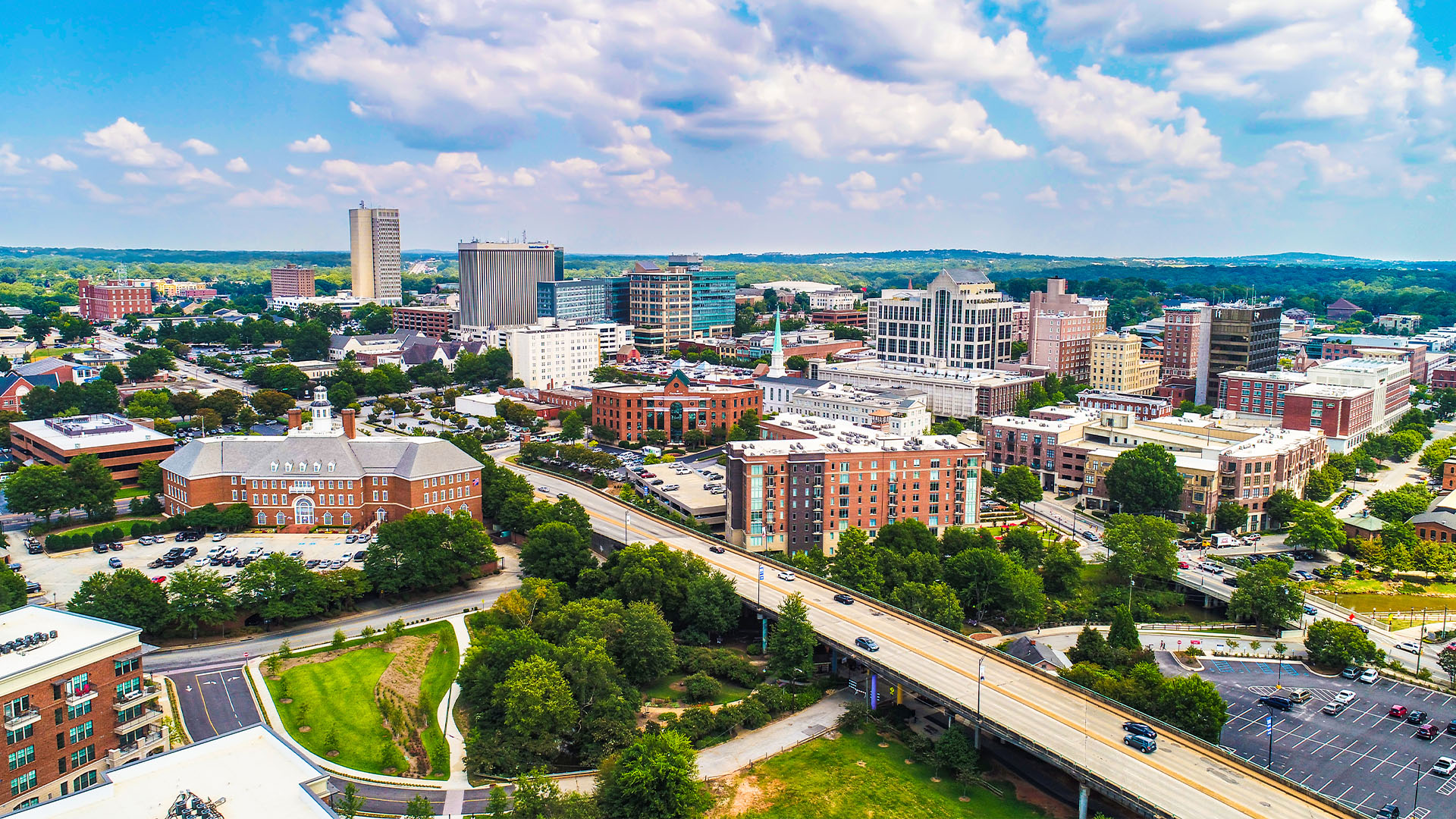Pedestrian accidents at night pose a significant risk to public safety. These incidents often result in serious injuries or fatalities due to reduced visibility and other contributing factors. With nighttime driving and walking presenting unique challenges, it is important to understand both the legal implications and safety measures that can reduce the likelihood of such accidents. This article will explore the legal aspects of pedestrian accidents at night, the common causes, and key safety tips that can help mitigate the risk.
The Risk of Pedestrian Accidents at Night
Accidents involving pedestrians are particularly dangerous at night, with statistics showing that a large percentage of pedestrian fatalities occur after dark. When the sun sets, visibility is limited, and drivers have a harder time spotting pedestrians, especially in poorly lit areas. Pedestrians also face the challenge of being seen while walking at night, particularly if they are wearing dark clothing. While pedestrians do have a responsibility to follow traffic laws, the reduced visibility at night significantly increases the likelihood of collisions.
Research indicates that pedestrian fatalities are more common at night because of poor lighting, slower reaction times, and the possibility of drivers being fatigued or distracted. Furthermore, when pedestrians walk on poorly lit streets or in areas with no sidewalks, they face an increased risk of being hit by a vehicle. This underscores the importance of being visible and aware when walking at night, especially in high-traffic areas.
Legal Aspects of Pedestrian Accidents
Pedestrian accidents at night involve a complex legal landscape. In South Carolina, both drivers and pedestrians have specific duties under the law. The legal implications of these accidents often hinge on determining fault, which requires a thorough understanding of the roles both parties play in the incident.
Founded in 1975, Christian & Christian has deep roots in the community. 
Only Serving People, Never Companies
One of the key legal principles for drivers is the duty to exercise reasonable care. This means that drivers must stay alert, drive at safe speeds, and maintain a clear line of sight to spot pedestrians. South Carolina law requires drivers to yield to pedestrians in crosswalks, and they must also take extra precautions in low-visibility situations, such as nighttime driving. If a driver fails to follow these laws, such as driving too fast for conditions, texting, or driving under the influence, they may be deemed negligent and held liable for any resulting accidents.
Pedestrians, however, also bear a responsibility to ensure their safety. South Carolina law mandates that pedestrians use crosswalks when available and obey traffic signals. Pedestrians should also be aware of their surroundings, particularly when walking at night. Failure to follow these guidelines may make the pedestrian partially responsible for the accident. However, under South Carolina’s comparative negligence rule, even if the pedestrian is partially at fault, they may still be able to seek compensation, though the damages awarded may be reduced based on their percentage of fault.
Insurance companies play a crucial role in determining who will cover the costs associated with pedestrian accidents. In cases where the driver is at fault, the pedestrian may file a claim against the driver’s insurance policy. If the driver is uninsured or underinsured, the pedestrian may need to rely on their own insurance coverage, such as uninsured motorist coverage. In any case, gathering evidence, such as witness testimony and traffic camera footage, is essential to building a strong case.
Safety Measures for Pedestrians at Night
While legal considerations are essential in understanding the aftermath of a pedestrian accident, preventive measures are even more important. Pedestrians can significantly reduce their risk of being involved in an accident by following a few simple safety tips. These safety measures are designed to increase visibility and awareness, making it easier for both drivers and pedestrians to avoid accidents.
One of the most effective ways for pedestrians to stay safe at night is to wear reflective or bright-colored clothing. This ensures that they can be seen by drivers, even from a distance. Reflective materials, such as vests or armbands, can be especially helpful for pedestrians walking along dark roads or in areas without streetlights. A flashlight can also be a valuable tool, as it not only helps pedestrians see where they are walking but also signals their presence to oncoming drivers.
Pedestrians should always walk on sidewalks when possible. If sidewalks are unavailable, they should walk facing oncoming traffic. This allows pedestrians to see approaching vehicles and make eye contact with drivers, reducing the chances of being struck. In low-visibility areas or along busy roads, pedestrians should be especially cautious when crossing streets. Whenever possible, they should use marked crosswalks and wait for the traffic light or signal to cross safely.
Value of a Personal Injury Case Choosing a Personal Injury AttorneyRelated Videos
Pedestrians should also avoid distractions while walking, such as texting, talking on the phone, or wearing headphones. These distractions can impair their ability to notice their surroundings and react to potential hazards. Staying alert and aware of one’s environment is critical, especially when crossing intersections or walking near driveways, where drivers may not see them.
Another important tip for pedestrians is to never assume that drivers will stop for them, even if they have the right of way. In high-traffic areas, where many drivers may be distracted or in a hurry, it is essential for pedestrians to make sure that a driver sees them and has stopped before crossing.
What to Do If You Are Involved in a Pedestrian Accident
If you are a pedestrian who has been involved in an accident, it is crucial to take the right steps to ensure your safety and protect your legal rights. The first priority is always to seek medical attention. Even if the injuries seem minor, it is important to get checked out by a healthcare professional, as some injuries may not be immediately apparent.
Verdicts & Settlements
After seeking medical care, it is essential to report the accident to the police. A police report will document the details of the accident and help establish the facts, such as whether the driver was at fault or if any traffic laws were violated. Make sure to collect information from the driver involved, including their name, insurance information, and contact details.
If possible, take photos of the scene, including your injuries, the vehicle involved, and any damage to the surroundings. Additionally, try to gather contact information from any witnesses who saw the accident happen. This evidence can play a crucial role in supporting your case.
It is advisable to consult with a personal injury attorney who specializes in pedestrian accidents. An experienced lawyer can guide you through the legal process, help you understand your rights, and assist in obtaining compensation for your medical expenses, lost wages, and pain and suffering.
Pedestrian accidents at night are both preventable and legally complex. If you or a loved one has been involved in such an accident, understanding your rights and responsibilities is crucial. At Christian & Christian Law, we have the experience and resources to assist you in navigating the legal process. If you need legal guidance after a pedestrian accident, contact us today to discuss your case and learn how we can help you seek justice and compensation.











